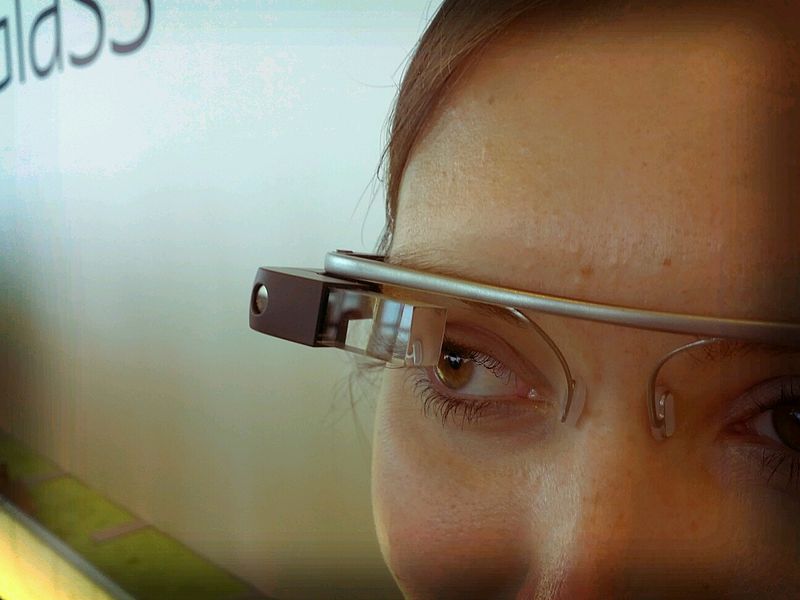 At GoMotorTrade we often publish stories discussing how car manufacturers and motor traders are using new technology in order to improve their businesses and provide their customers better service. In the past five years alone the technology used by motor traders has improved in leaps and bounds, and today some of the most successful companies in the world are creating technology that will take things even further.
At GoMotorTrade we often publish stories discussing how car manufacturers and motor traders are using new technology in order to improve their businesses and provide their customers better service. In the past five years alone the technology used by motor traders has improved in leaps and bounds, and today some of the most successful companies in the world are creating technology that will take things even further.
For example, vehicle manufacturer Audi has recently been using augmented reality technology while producing new vehicles. Augmented reality technology places virtual objects on top of live camera footage, such as mechanical parts. This comes in extremely useful when building new vehicles as it means Audi can compare the final product to their design plans, ultimately ensuring their vehicles are as safe and reliable as possible. The technology is also used by Audi in order to see previews of what new models would look like with different modifications, such as alternative bumpers, wing mirrors, paint work and spoilers.
A number of companies are also creating Apps using augmented reality technology that can help drivers learn more about their vehicles. For example, augmented reality specialist Metaio has recently created an App which can be used in conjunction with Google Glass and guides users on how to perform small repairs to their vehicles. The App identifies different components of the vehicle when the user looks at them, and then uses virtual images to demonstrate how the user can replace a tyre or change their oil, for example.
Naturally, other companies are also jumping on the augmented reality bandwagon by offering Apps that help drivers, such as Augmented Works which has created an App to help users find their parked cars. The App uses 3D arrows to guide users to exactly where they parked their vehicles, and also provides information on the name of the street or area it is located in and the time and date it was parked there. Meanwhile, iOnRoad have created an App which uses virtual images to alert drivers if they are too close to another vehicle or if there are any dangers on the road. Users can mount there smartphones to their windshields and then the App monitors what is in front of their vehicles.
Mitsubishi Electric are attempting to go one step further when it comes to technology, as they are creating a vehicle assistant system that will be able to predict the driver’s needs. At an R&D open house in Tokyo this week the company displayed the ‘Ultra-simple HMI’ (human machine interface), and spokesman Katsunobu Muroi said: “Drivers nowadays want to control the navigation system, audio system, phone and air conditioner while driving. Operation of this equipment disturbs the driver’s concentration. We want to reduce the number of driver operations for safe driving and to provide an easy-to-use interface.”
It’s not just drivers and car manufacturers that will soon be using new technology however, as Audi are also creating Apps that their car dealers can use in order to improve the sales process. Their App – Audi Sales Assist – was first used by a number of Audi dealers last year, however the company is planning on rolling out the App across dealerships in America this year. This move is part of their ‘Audi Progressive Retail Experience’ scheme, in which new technology will be provided to dealers in order to ‘revolutionise’ the dealer experience.
According to Audi, the Audi Progressive Retail Experience is “a series of digital tools that will bring ease and efficiency to the dealership experience and improve customer loyalty.” By using some of these tools customers will be able to compare Audi models quickly and easily, shortening the buying process. For those that already own an Audi, the company are planning on using their Radio Frequency Identification or RFID technology during services to provide information on each stage of process.
With such advanced technology becoming more readily available to motor traders, we are expecting to see a number of processes being streamlined over the next few years. Naturally, motor trade insurance policies will need to be adapted in order to cover the new technology used by motor traders, especially as they will be a substantial investment. However, the return on investment capabilities of these tools can be huge, especially if it means motor traders can help more customers in a smaller time frame.
